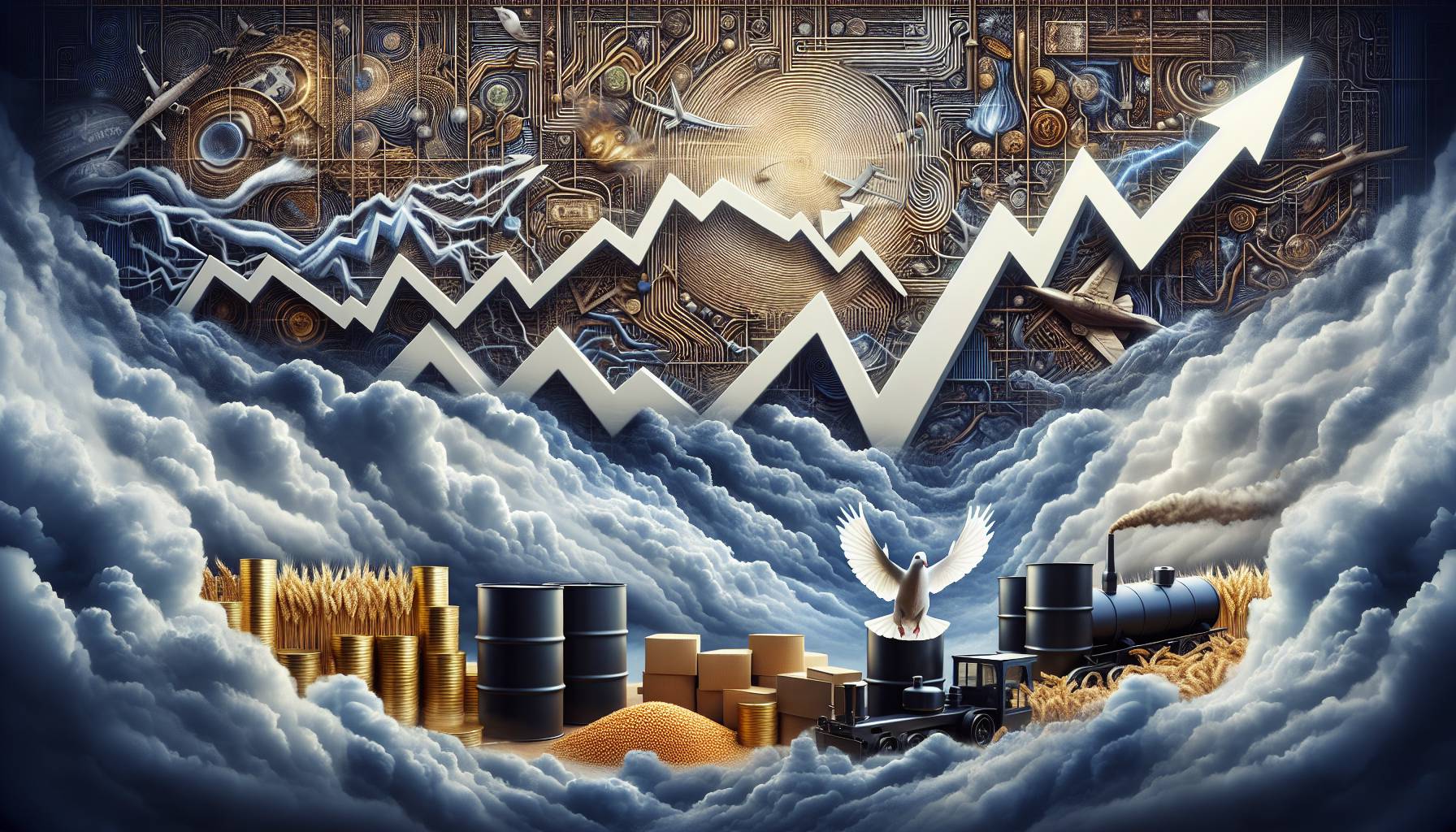
tokenization in real estate
Envision the expansive realm of the real estate market, historically encumbered by tedious transactions and accessible primarily to those with significant funds. Tokenization is rewriting the narrative, introducing a fresh wave of accessibility. By transforming physical properties into digital tokens, investors can now acquire fractions of real estate, revolutionizing the industry. This approach not only opens access to a broader audience but also improves liquidity, facilitating faster and more efficient transactions.
In Australia, where the property market is both lively and competitive, this change is particularly impactful. Tokenization allows investors to easily diversify their portfolios, lowering the barriers for those who once thought the market was out of reach. It also gives property owners the chance to unlock value by selling tokenized shares of their assets, thereby injecting liquidity into their investments.
Tokenization is not merely a technological leap; it’s a fundamental change in real estate investment approaches.
For finance managers, this indicates a reimagining of asset management strategies. The option to present clients with fractional ownership in sought-after real estate locations may lead to more customized investment portfolios, tailored to individual risk tolerances and financial aspirations.
Moreover, the transparency provided by blockchain technology, which is the foundation of tokenization, guarantees that all transactions are safe and verifiable. This not only fosters trust among investors but also simplifies the due diligence process, decreasing the time and expenses tied to conventional real estate transactions.
- Improved liquidity and accessibility
- Opportunities for diversification
- Secure and transparent transactions
- Potential for heightened market engagement
As tokenization progresses, its influence on the real estate market is anticipated to expand, opening up new investment pathways and redefining property ownership dynamics.
digi-tal transformation of art and commodities
The art and commodities sectors are experiencing a digital shift, predominantly prompted by the rise of tokenization. This transition is reshaping ownership and investment in these traditionally illiquid markets. By turning artworks and commodities into digital tokens, investors can now hold fractional shares, making access widespread and enhancing liquidity.
Within the art sphere, tokenization permits the segmentation of high-value pieces into smaller, more affordable shares. This creates opportunities for a wider range of investors to engage in the art market, which has been chiefly dominated by a select few. For Australian investors, this translates to the ability to diversify portfolios with distinctive assets that were earlier unattainable. Additionally, artists and galleries stand to gain from heightened exposure and financial backing, as tokenization enables more dynamic pricing and broad market interaction.
Similarly, the commodity market is undergoing a change via tokenization. By digitizing assets such as gold, oil, and agricultural products, investors access a more liquid and open market. This is particularly significant in Australia, where the commodities sector is vital to the economy. Tokenization allows for swifter transactions and offers a transparent and secure platform for trading, mitigating the complexities linked to traditional commodity investments.
Tokenization in art and commodities is not simply a technological advancement; it signifies a core modification in market dynamics.
For finance managers, this transformation provides a chance to develop more innovative and diverse investment strategies. The capability to incorporate fractionalized art and commodities into portfolios allows for a more personalized approach, aligning with clients’ unique financial goals and risk profiles.
- Fractional ownership of high-value assets
- Boosted market participation
- Efficient and transparent transactions
- Wider investment possibilities
The persistent digital transformation of art and commodities through tokenization is expected to keep reshaping these sectors, creating new channels for investment and involvement.

